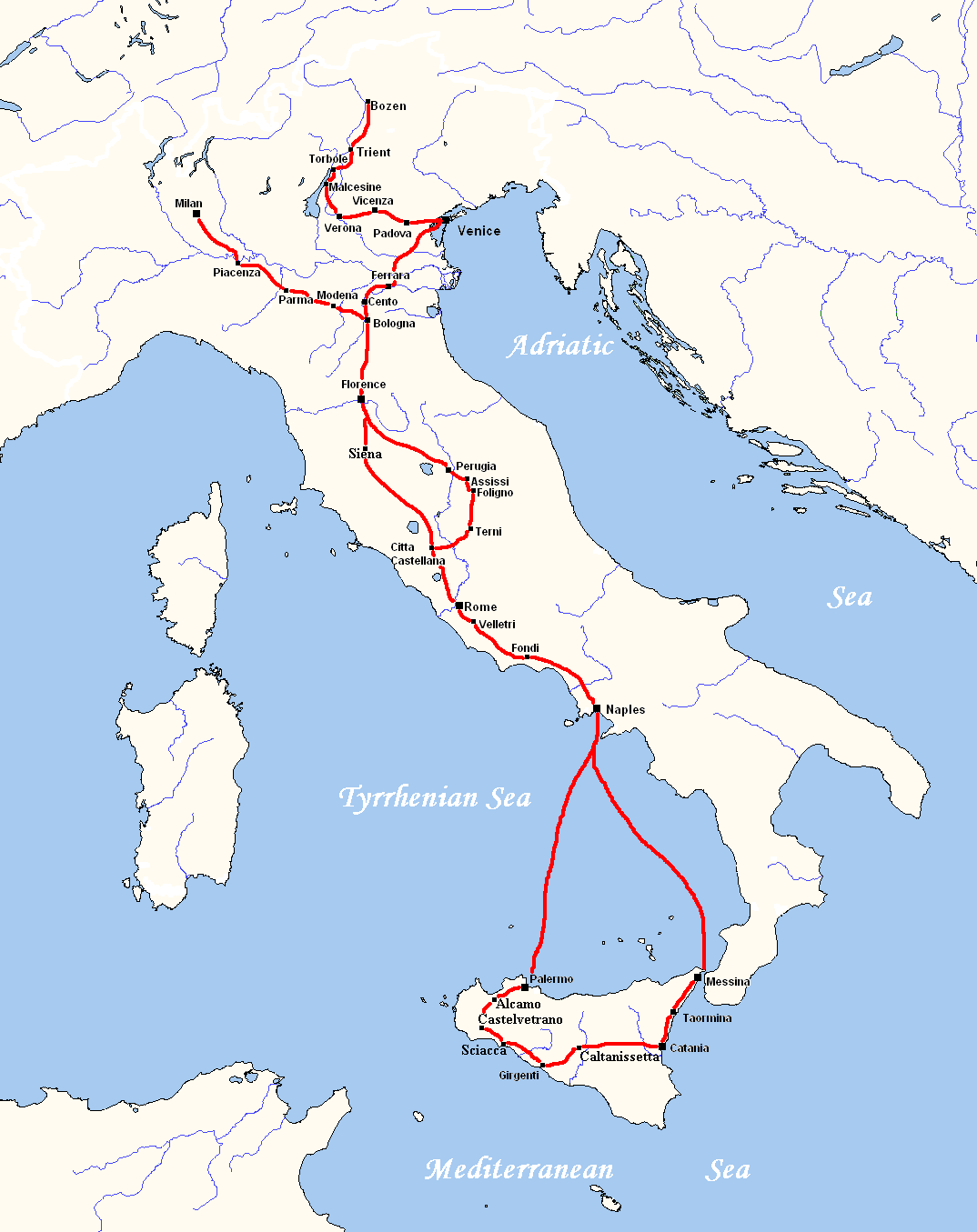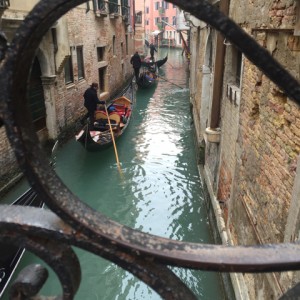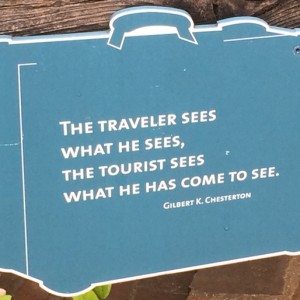In September 1786, German poet Johann Wolfgang Goethe had enough: After many years of fantasizing about the famed locations of classical Italy, he boarded a carriage and, under the dark of night and the guise of a false identity, headed south to see the attractions up close.
What was initially planned as a brief escape from his many duties at the court of Weimar turned into a two-year journey. Goethe kept a detailed diary of his trip, which many years later he published under the title Italian Journey. Over the centuries, Goethe’s travelogue has become an important template for many Northern Europeans searching both edification and relaxation in Mediterranean Italy, a region lauded for what was considered a superior cultural atmosphere and a pleasant climate.
The 1982 comedy “Go, Trabi, Go” is an example for the text’s popularity. The film chronicles the adventures of an East German family that uses its newly won freedom after the fall of the Berlin Wall to visit Italy. Goethe’s Italian Journey functions as their compass (scene starts at 6:45 and lasts about a minute):
Of course, Goethe’s journey has repeatedly been mapped, but always in rather static form, as the following example shows:

A (not-so-accurate) map of Goethe’s journey. [Source: Wikipedia. By Zello. License: CC (Creative Commons).]
How did Goethe prepare for his journey? What kinds of observations did he make? What reflections about his learning can we find? Are they still meaningful in today’s world?…
As we ponder these questions, Goethe’s text will also serve as a laboratory for learning and practicing a series of relevant academic skills such as close reading of texts, collaborating in a team, analyzing different arguments, formulating theses statements, and presenting oral and written information.
You will find much more detailed information in our syllabus, but here is a basic outline of our seminar:
1. We will read Goethe’s travelogue, collect geographical, cultural, historical, and ethnographic information embedded in the text. We will sort it according to categories that we develop along the way.
2. We will generate appropriate research questions and critically analyze core sections of the text. These research questions will guide our subsequent presentations and further research into specific topics.
3. We will map Goethe’s journey and integrate additional information in an application called Story Maps Journal.
4. We will design, draft, and write text passages for this journal; select, analyze, and annotate images and videos for the multimedia element as well as sketch, write, and film our own videos.
5. We will then build an app that can be reused by other courses and/or students working with this text.
P.S. By now you are probably really curious what a Story Map Journal is. Here’s an example, but the application allows for a range of formatting, so our work can look very different:




Leave a Reply